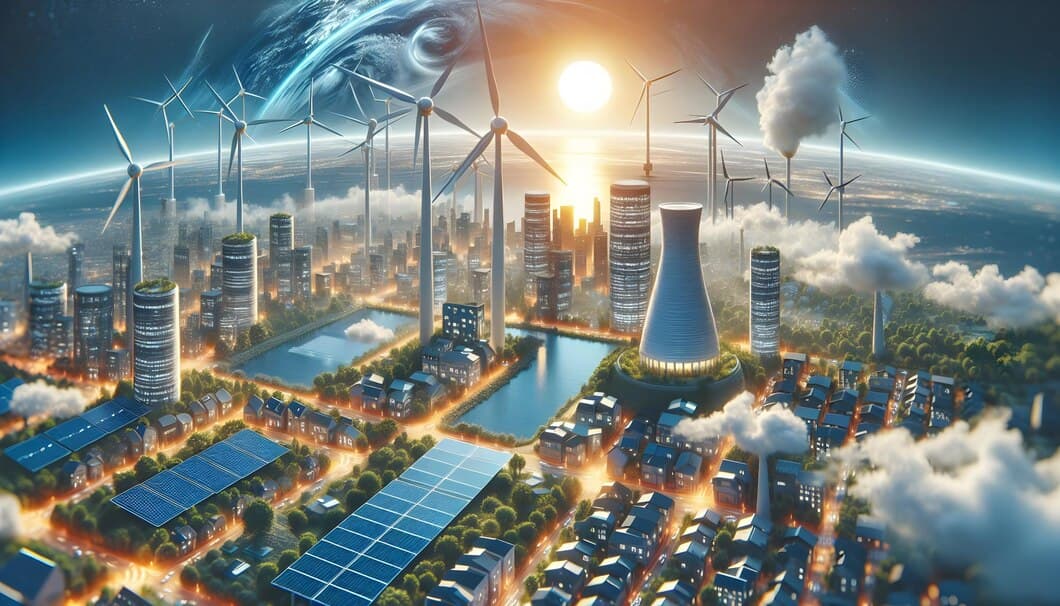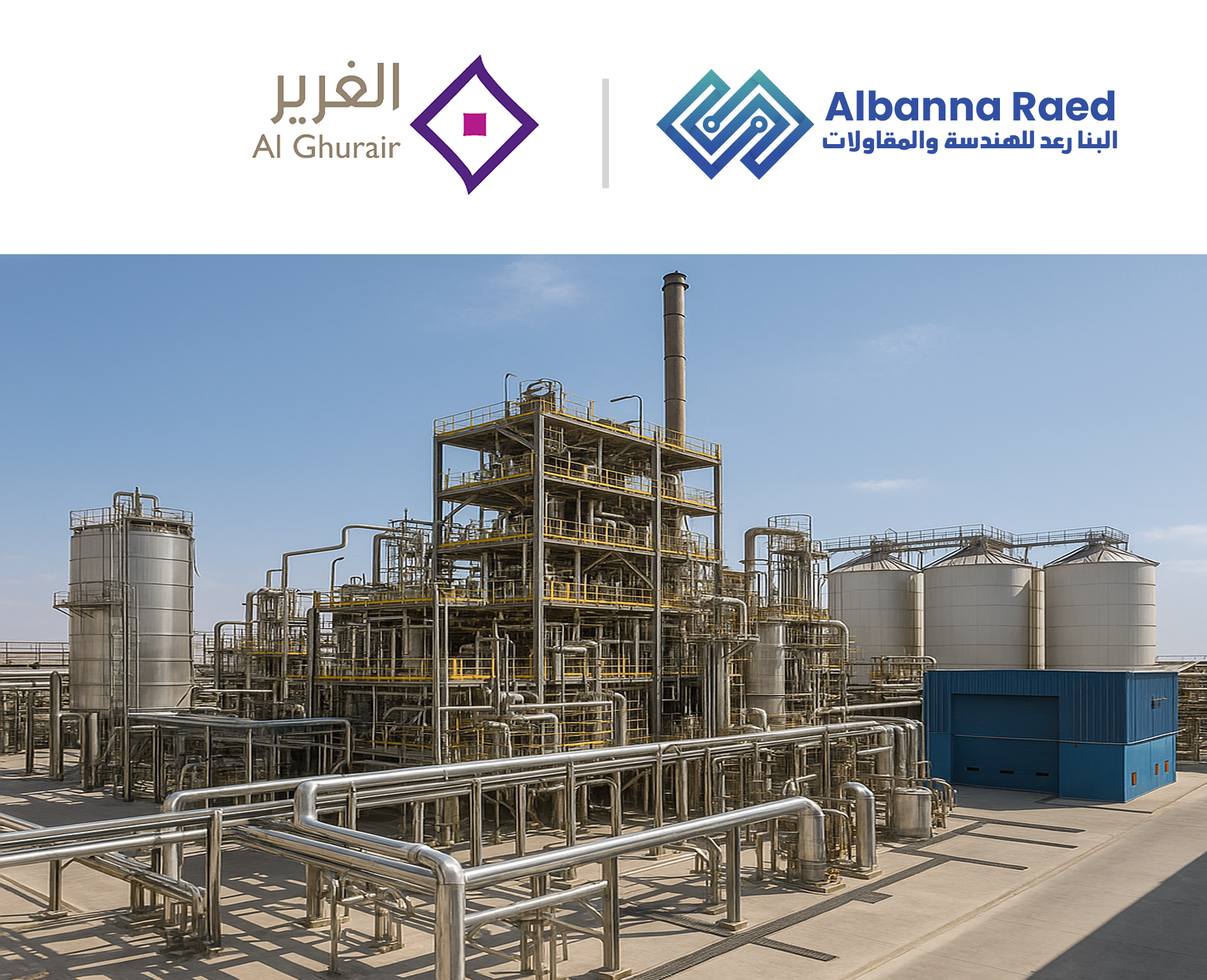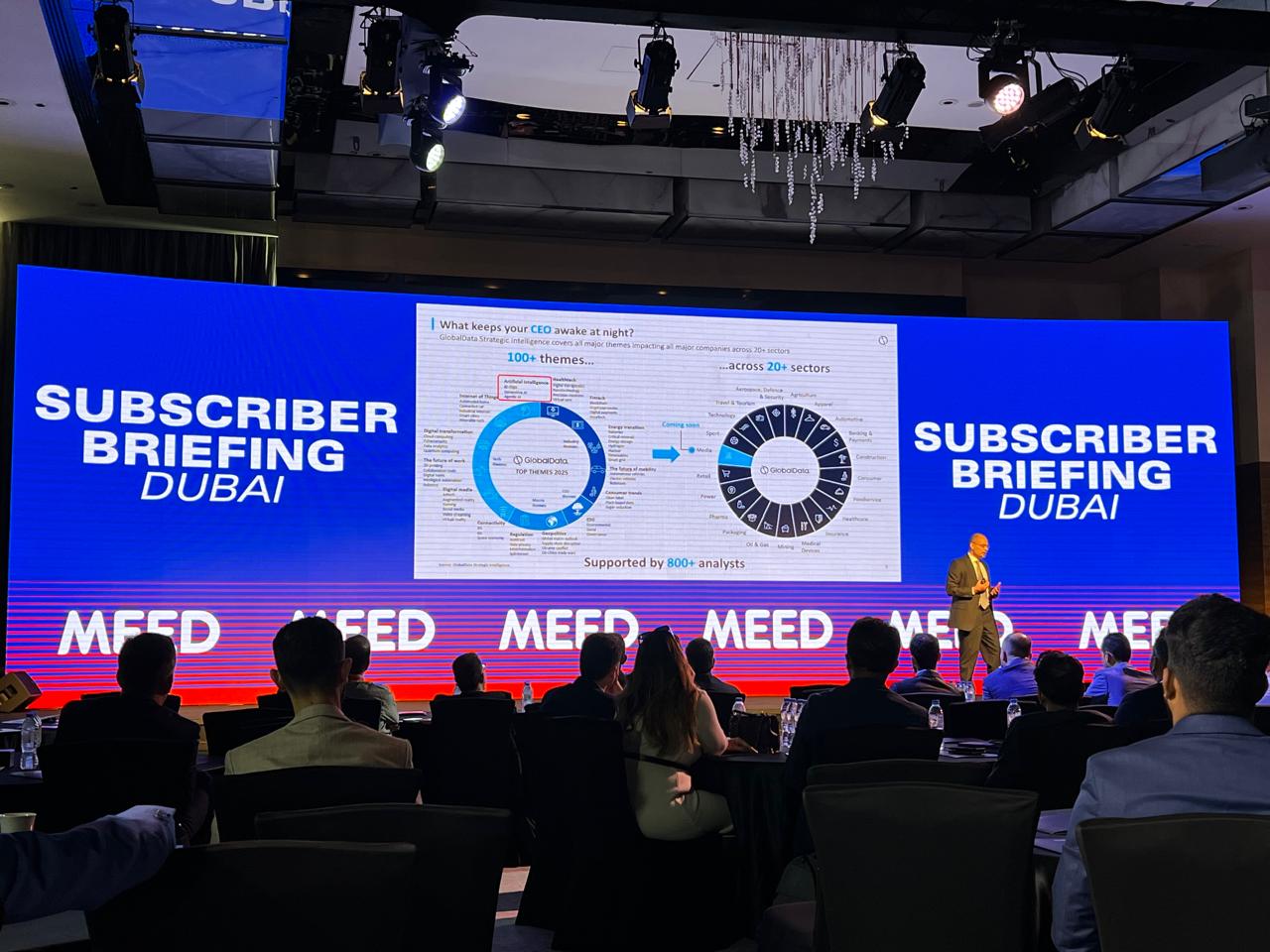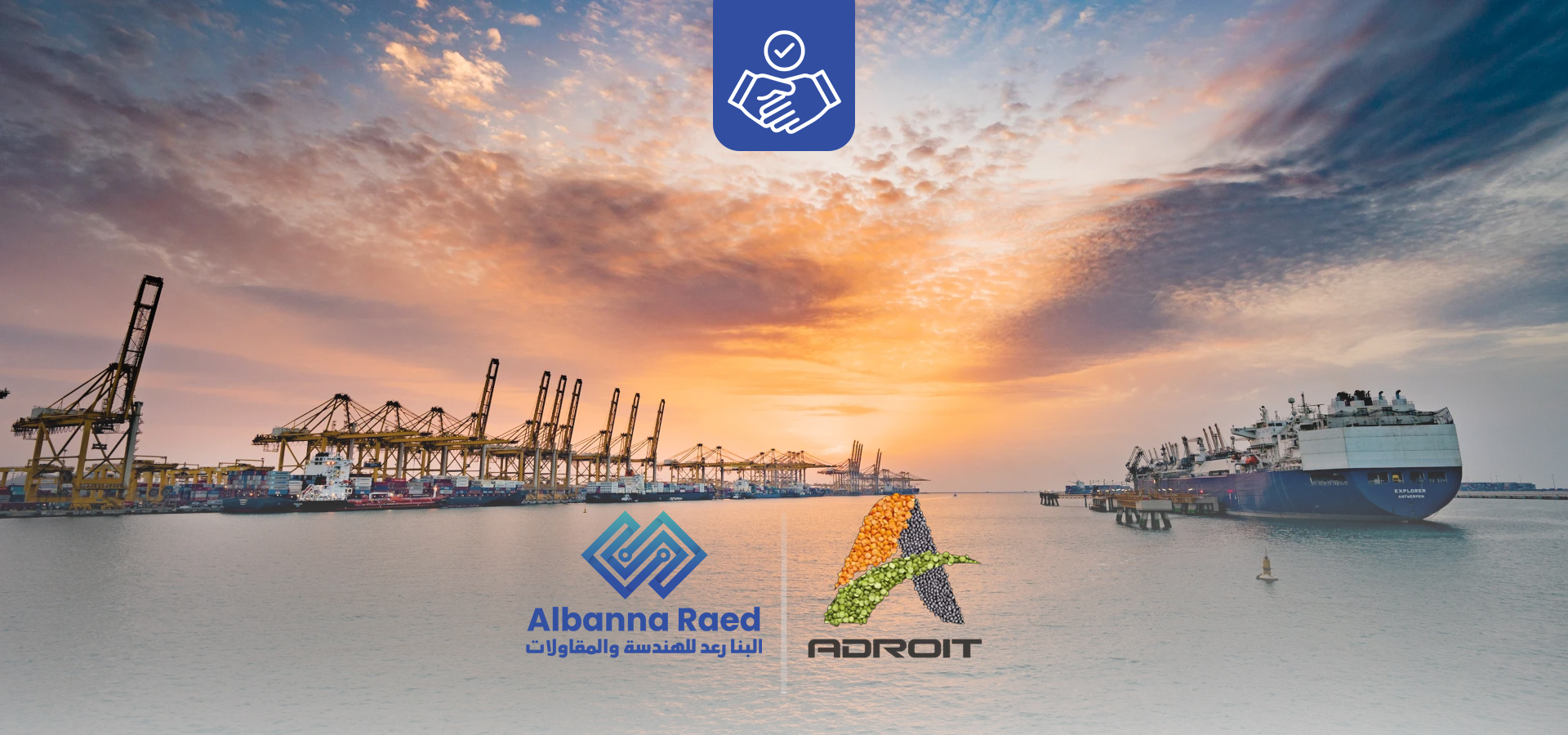What is a Virtual Power Plant (VPP)?
A Virtual Power Plant is a network of decentralized energy resources—like rooftop solar panels, batteries, electric vehicles (EVs), and demand response systems—that are interconnected and operated as a unified power plant through advanced software platforms. Unlike a traditional power plant, which relies on a single, centralized facility, a VPP aggregates multiple small-scale energy resources to supply electricity, balance grid demand, and ensure stability.
VPPs use cutting-edge technologies, including smart meters and artificial intelligence, to dynamically adjust energy flow between the grid and distributed resources, ensuring efficient energy management.
How Virtual Power Plants Work
At their core, VPPs act as a central control system that manages a network of decentralized energy producers and consumers. By connecting solar panels, wind farms, batteries, electric vehicles (EVs), and demand response systems, VPPs provide the following capabilities:
- Load Balancing: VPPs manage fluctuations in power supply by distributing energy from various sources during peak demand periods and storing excess energy during off-peak times.
- Demand Response: During high-demand periods, VPPs can coordinate with consumers to reduce their energy usage temporarily, providing much-needed relief to the grid.
- Energy Storage: By integrating battery storage systems, VPPs store surplus renewable energy for use when the supply from solar or wind sources is low.
The Role of VPPs in the Global Energy Transition
As countries around the world transition towards clean energy, VPPs offer an exciting solution to some of the biggest challenges in renewable energy integration, including intermittency and grid reliability.
- Decarbonization: VPPs enhance the integration of renewable energy sources like solar and wind, helping reduce the reliance on fossil fuels and contributing to decarbonization goals.
- Grid Flexibility: By efficiently balancing energy demand and supply, VPPs reduce the need for peaking power plants, which are often expensive and carbon-intensive.
- Cost Efficiency: VPPs optimize energy resources, reducing the need for additional infrastructure investments and helping consumers lower their energy bills.
- Resilience: Distributing energy generation across multiple small sources increases the overall resilience of the grid, making it less susceptible to outages caused by natural disasters or equipment failures.
Current Trends and Investments in the MENA Region
The Middle East and North Africa (MENA) region is increasingly becoming a hotspot for renewable energy innovation, and VPPs are playing a key role in this transformation. sHere are some of the developments happening in this region:
1- Significant Investments in Renewable Energy
The MENA region, led by countries like the UAE and Saudi Arabia, is making substantial investments in renewable energy. For instance, the Dubai Electricity and Water Authority (DEWA) has launched initiatives to integrate solar energy into virtual power plants, supporting Dubai’s Clean Energy Strategy 2050. This strategy aims to produce 75% of the city’s energy from renewable sources by mid-century . Saudi Arabia’s Vision 2030 also focuses on large-scale renewable energy projects, including the development of VPPs that integrate solar, wind, and energy storage systems to enhance grid stability .
2- Government Support and Regulatory Frameworks
Governments in the region are providing strong support through regulatory frameworks and incentives for clean energy projects. This includes encouraging partnerships between local utilities and international companies to develop VPP solutions that help stabilize the grid and manage the integration of renewable energy sources.
3- Adoption of Cutting-Edge Technology
The adoption of advanced technologies like artificial intelligence (AI) and data analytics in VPPs is helping improve energy management, forecast demand, and optimize the integration of renewables. This technological evolution is critical to the scalability and efficiency of VPPs in MENA.
4-.Distributed Energy Resource Growth
With the increasing installation of solar panels and battery storage systems across residential, commercial, and industrial sectors, VPPs are playing an essential role in managing these decentralized resources. Distributed generation is growing in the MENA region, enabling VPPs to aggregate and optimize energy resources, making the grid more flexible and resilient .
Challenges Facing VPP Adoption
While the potential for VPPs is vast, certain challenges remain, particularly in regions like MENA. Some key challenges include:
- Infrastructure Development: Many parts of the MENA region still lack the grid infrastructure necessary to support the integration of distributed energy resources. Upgrading this infrastructure will be essential for scaling VPP technologies .
- Skilled Workforce: The implementation of VPPs requires a workforce skilled in energy management, software development, and data analytics. Developing this expertise is crucial for successful VPP deployment .





